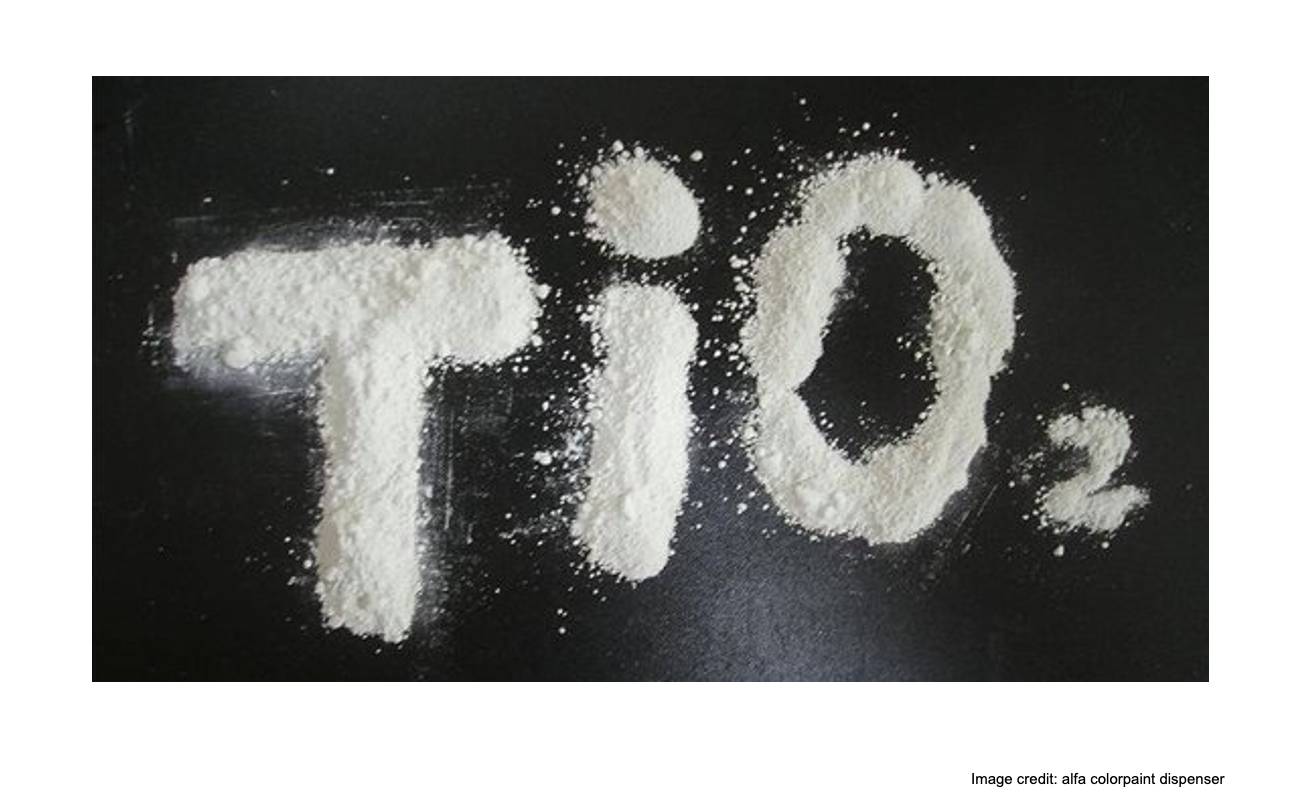TiO2 optimization: How to save on cost without compromising on performance
Titanium dioxide (TiO2) is a widely used white pigment in the coatings industry. It is known for its high level of whiteness, brightness, and opacity, as well as its excellent durability and resistance to weathering. However, TiO2 can also be a costly ingredient and its optimization in coatings can lead to significant cost savings and environmental benefits.
One way to optimize TiO2 in coatings is by using a smaller particle size. TiO2 particles that are smaller than 100 nanometers (nm) have a higher level of whiteness, brightness, and opacity than larger particles. This means that less TiO2 is needed to achieve the same level of whiteness, which can result in cost savings. Additionally, smaller particle size TiO2 is more stable and less prone to settling, which can improve the stability of the coating.
Another way to optimize TiO2 in coatings is by using TiO2 nanoparticles. These particles have a high surface area and can provide a higher level of whiteness and opacity than larger particles. Additionally, TiO2 nanoparticles can also improve the UV protection and durability of the coating.
Another optimization strategy is to use TiO2 rutile instead of anatase. Rutile TiO2 has a higher refractive index, which means it provides a higher level of whiteness and opacity than anatase. Additionally, rutile TiO2 has better weathering resistance and durability than anatase, which can improve the performance of the coating.
Another way to optimize TiO2 in coatings is by using a coating system that incorporates other whitening agents, such as kaolin, talc, or silica. These agents can be used in combination with TiO2 to improve the whiteness and brightness of the coating while also reducing the amount of TiO2 needed.
In conclusion, optimizing the use of TiO2 in coatings can lead to significant cost savings and environmental benefits. By using smaller particle size TiO2, TiO2 nanoparticles, rutile TiO2, and other whitening agents in combination with TiO2, it's possible to achieve the same level of whiteness and opacity while using less TiO2. This can reduce the cost of the coating and also reduce the environmental impact of TiO2 mining and production. Additionally, it's important to note that the optimization of TiO2 should be done in compliance with the regulatory framework in place.

